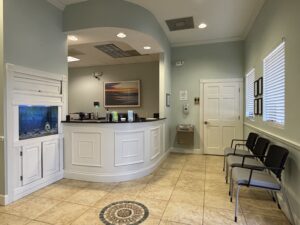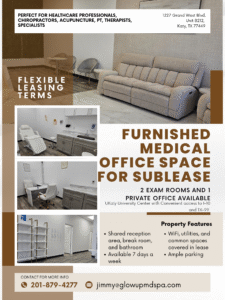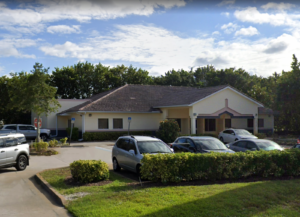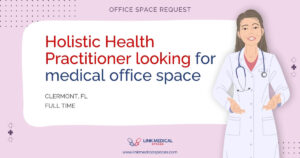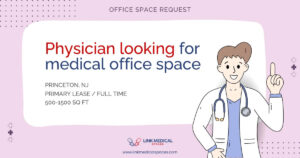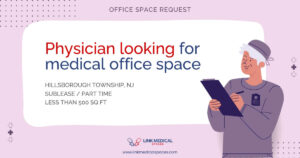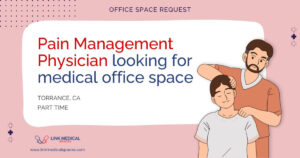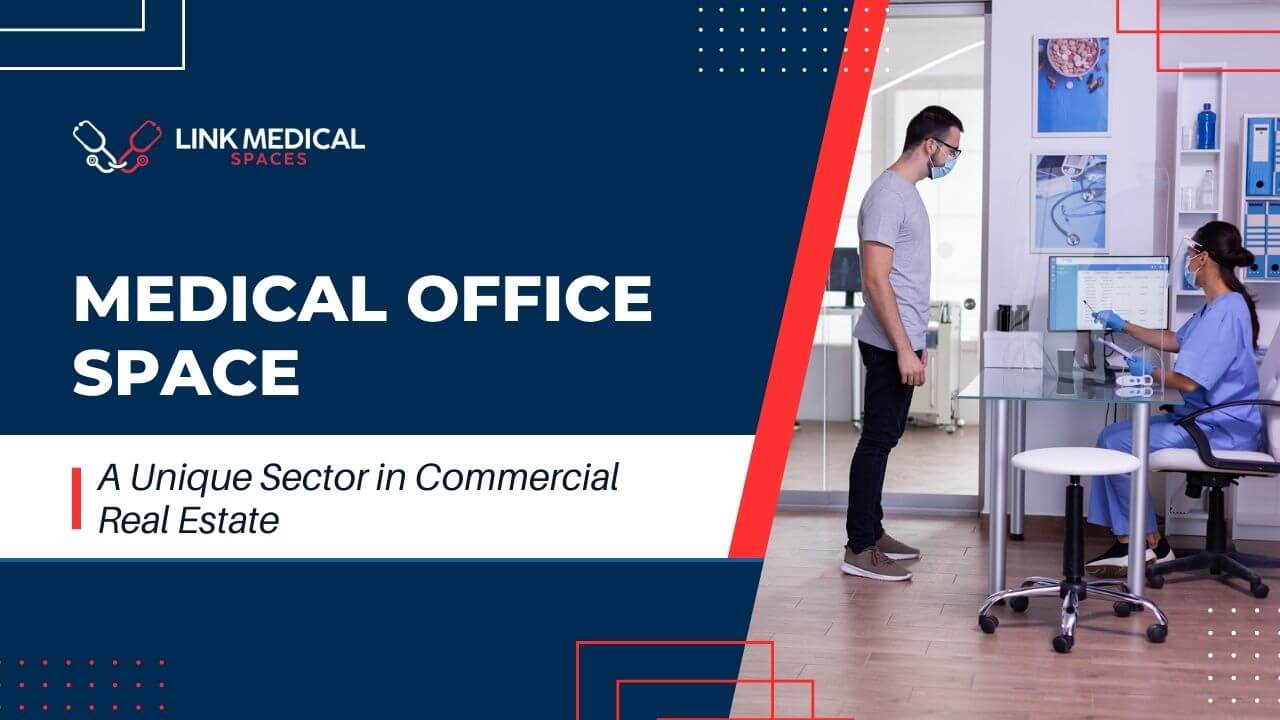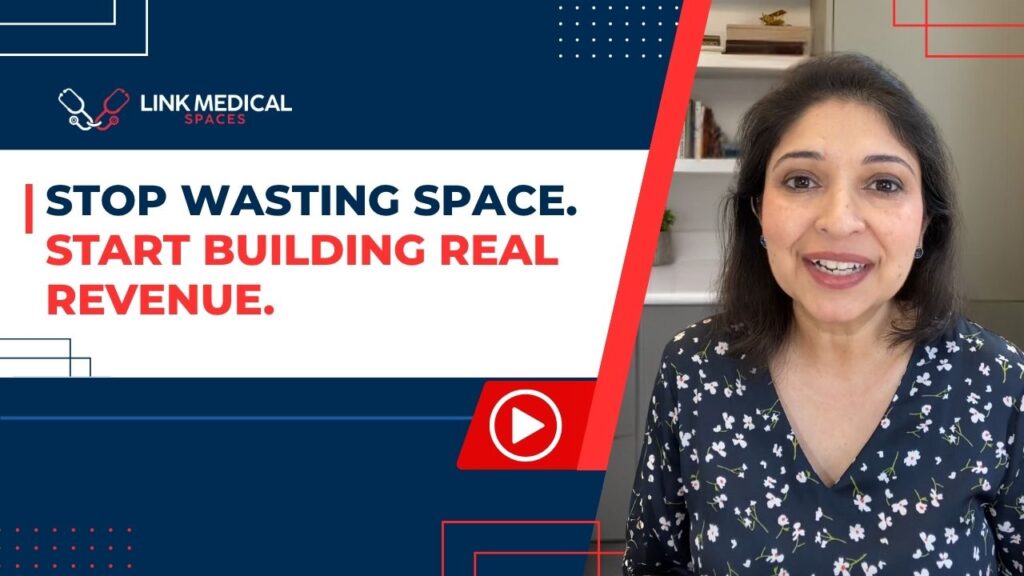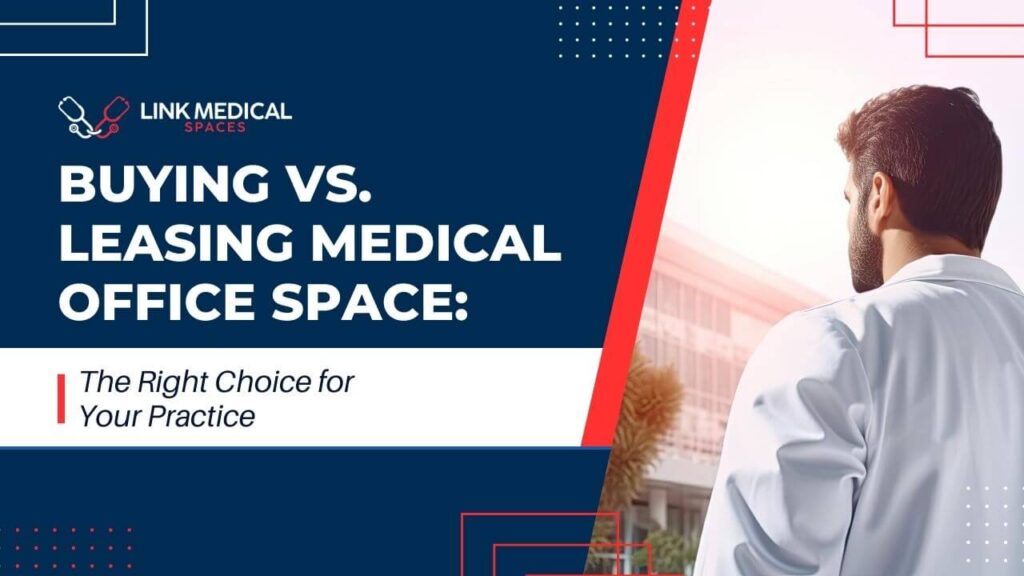Medical office real estate is far from your typical commercial property. Unlike traditional office spaces, medical offices have specialized infrastructure, unique leasing dynamics, and strong investment potential. Whether you’re a healthcare provider, landlord, or investor, understanding these differences is crucial for making informed decisions in this niche market.
This guide explores the key aspects of medical office space, from infrastructure requirements to leasing trends and investment opportunities.
Specialized Infrastructure: More Than Just Office Space
Medical office buildings (MOBs) require far more than desks and conference rooms. The nature of healthcare services demands extensive modifications to accommodate medical equipment, patient needs, and regulatory requirements.
Key Features of Medical Office Infrastructure:
- Plumbing & Electrical Systems – Medical offices often require additional sinks in exam rooms, medical gas lines, and specialized electrical outlets to support imaging equipment and other devices.
- HVAC & Air Filtration – Enhanced HVAC systems ensure proper ventilation, air filtration, and even negative pressure rooms for infection control.
- Imaging & Laboratory Needs – Spaces housing X-ray machines, MRIs, and labs need reinforced flooring, lead-lined walls, and dedicated power supplies.
- Accessibility & Compliance – Wider hallways, larger elevators, and ADA-compliant restrooms make medical spaces more patient-friendly.
These upgrades mean higher build-out costs for healthcare tenants and landlords, but they also result in longer tenant commitments.
Longer, More Stable Leases
One of the biggest advantages of medical office leasing is the long-term stability it offers.
Why Are Medical Leases Longer?
- Extended Lease Terms – Medical tenants typically sign 7- to 10-year leases, compared to the 3- to 5-year terms common in traditional office leases.
- High Relocation Costs – The specialized nature of medical offices makes moving expensive and time-consuming, keeping tenants in place for longer periods.
- Patient Retention – Unlike corporate offices that can shift locations without losing business, healthcare providers prioritize continuity of care, making location stability critical.
For landlords, this translates into lower turnover rates and more predictable income streams—an attractive proposition in commercial real estate.
Financially Resilient Tenants
Medical office tenants are among the most financially stable in commercial real estate. Healthcare services are essential, and demand remains strong regardless of economic conditions.
What Makes Healthcare Tenants Low-Risk?
- Healthcare is Essential – Unlike corporate offices that may downsize or shift to remote work, healthcare providers must maintain a physical presence to serve patients.
- Steady Revenue Streams – Medical practices receive consistent income from insurance reimbursements, and less commonly, though gaining ground quickly- direct cash payments.
- Less Vulnerability to Market Fluctuations – While retail and office tenants may suffer during economic downturns, people always need medical care, making MOBs one of the most recession-resistant asset classes.
These factors make medical office spaces a low-risk investment compared to traditional commercial properties.
Strict Regulations & Compliance Considerations
Medical spaces must comply with numerous legal and regulatory requirements, adding another layer of complexity to leasing and ownership.
Key Compliance Factors in Medical Real Estate:
- HIPAA & Patient Privacy – Medical offices require soundproofing, private check-in areas, and secure data storage to protect patient confidentiality.
- OSHA & Safety Standards – Compliance with infection control protocols, biohazard disposal regulations, and accessibility standards is mandatory.
- Zoning & Licensing – Certain medical uses, such as surgery centers or urgent care clinics, require special zoning permits and approvals before leasing a space.
For landlords and investors, these regulations mean working with experienced professionals to ensure compliance and avoid costly legal issues.
Location Matters: Prioritizing Patient Accessibility
Location is everything in medical real estate, but patient convenience is the top priority. Unlike traditional office spaces, medical offices must be easy for patients to access.
What Makes a Great Medical Office Location?
- Ample Parking & Drop-Off Zones – Patients, especially elderly or disabled individuals, need convenient parking and easy access.
- Ground-Floor or Elevator Access – Many healthcare providers prefer ground-floor spaces to accommodate patient flow.
- High Visibility & Retail-Like Exposure – Clinics near retail centers or high-traffic areas benefit from greater patient footfall.
- Proximity to Hospitals & Residential Areas – Medical offices thrive in healthcare clusters, near hospitals or suburban neighborhoods where patients live.
Finding the right location is a strategic decision that impacts patient volume and business success.
Growing Demand & Investment Potential
Medical office real estate is one of the fastest-growing sectors in commercial real estate. Several key trends are driving demand:
Why Is Medical Office Space in High Demand?
- Aging Population – With an increasing number of seniors requiring healthcare services, demand for medical office space continues to rise.
- Shift to Outpatient Care – More procedures are moving out of hospitals and into specialty outpatient centers, increasing the need for MOBs.
- Retail-to-Medical Conversions – The decline of traditional retail has led to adaptive reuse of vacant spaces, transforming old shopping centers into medical offices.
Medical Real Estate as an Investment
Medical office properties offer:
✔ Long-term leases & low turnover
✔ Financially stable tenants
✔ Specialized infrastructure with high demand
✔ Recession-resistant income potential
For investors, these factors make medical real estate an attractive alternative to traditional office or retail properties.
Conclusion
Medical office real estate is a highly specialized, stable, and growing sector within commercial real estate. From long-term leases and resilient tenants to specialized infrastructure and regulatory considerations, medical spaces offer unique advantages for landlords, investors, and healthcare providers.
As demand for outpatient services and healthcare facilities continues to grow, understanding the nuances of medical office space will be essential for those looking to invest, lease, or operate within this sector.
For more insights on medical office leasing, subleasing, and investment trends, stay informed with Link Medical Spaces—your trusted resource for navigating the complexities of healthcare real estate.

